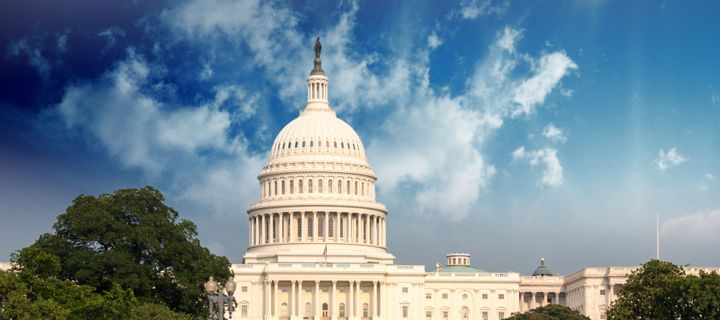
Last month the Bureau of Economic Analysis (BEA) issued a surprisingly weak reassessment of second-quarter GDP growth. Previously, the BEA had estimated that real GDP grew at a 1.7 percent growth rate in the second quarter, which was already pretty anemic. Now, the latest estimate has dropped that growth rate to 1.3 percent.
In medical terms, the patient may still be breathing, but you'd have to hold a mirror up to his nose to say for sure. Here are five things you should know about this latest evidence of economic weakness:
1. The weakness seems spread across the board
There are three major components to the economy: consumers, businesses and government. The latest GDP report cited slowdowns in personal consumption expenditures and residential investment as among the reasons for economic weakness. So much for the consumer. The GDP report also cited business investment as another source of weakness.
As for the government, the GDP report actually cited "smaller decreases" in government spending as one of the few bright spots for the economy. However, "smaller decreases" aren't going to lead an economic recovery, and remember, this is an election year. Politicians always seem to magically revive spending leading up to an election, with the bill to be paid afterward.
2. This spells more bad news for savings accounts
If you've been waiting for higher interest on savings accounts, you'd better start shopping, because rates are not likely to rise on their own.
3. On the other hand, it is good news for mortgages
On the same day as the GDP revision, Freddie Mac released a weekly report on mortgages that showed rates had reached an all-time low. The only problem with current mortgage rates is they may be so low that lenders have little incentive to approve applicants.
4. This is not an ordinary economic cycle
An ordinary cycle usually goes like this:
- Consumers get a little over-extended, so they rein in spending.
- The economy shrinks a little while consumers regroup.
- The government applies a little stimulus to prime the pump.
- Consumers start spending again.
- Sensing optimism, businesses start hiring and consumers gain even more strength.
This time around, however, consumers were too far over-extended with debt to make a quick recovery, the government is facing a massive debt problem of its own, and many businesses are seeing their key European trading partners sink into a recession.
5. The GDP estimate is a backward-looking measure of the economy
The good news is it already felt like the second quarter was weak; the GDP report just confirms it. The bad news is the third quarter feels pretty weak as well.
The first measure of third-quarter GDP will come on Oct. 26. Until then, the next indication of how the economy is doing will come with the Oct. 6 employment report. However, with the election extending the mood of uncertainty into the fourth quarter, sustained good news for the economy might not come until the new year.
This article originally appeared on MoneyRates.com: "Lowdown on the Slowdown: 5 Notes on Weakening GDP"